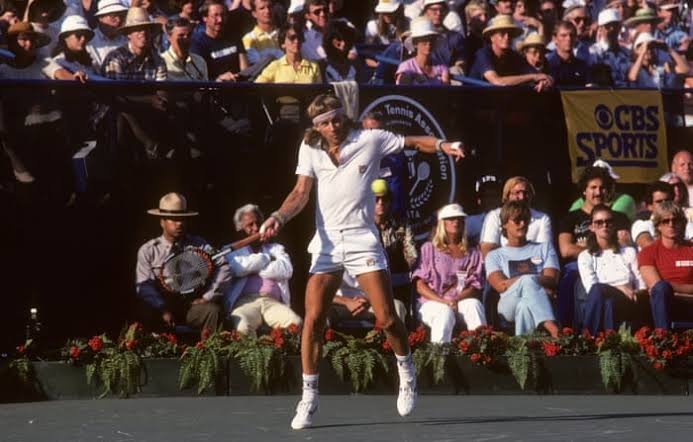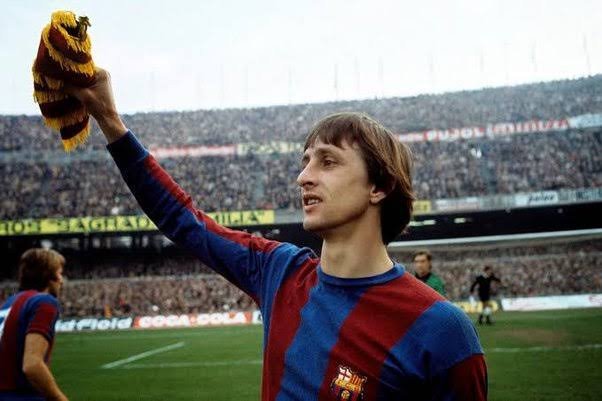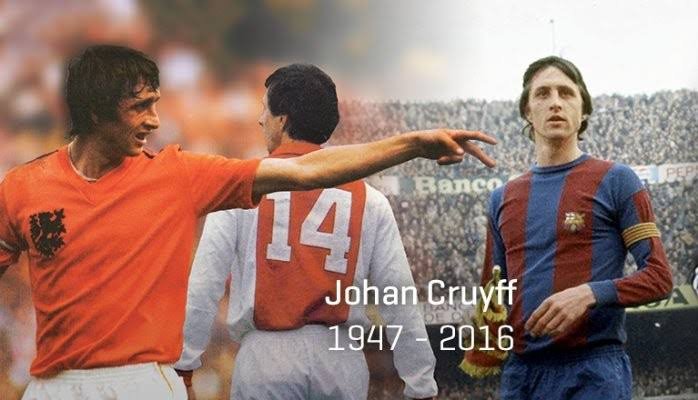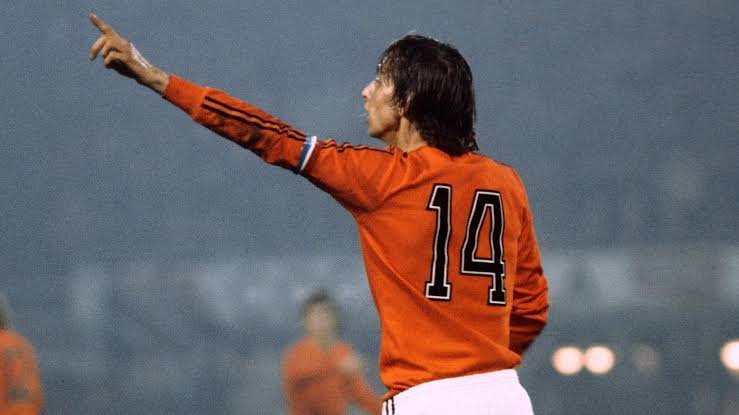
In the US Open final on September 13, 1981, John McEnroe completely destroyed Bjorn Borg. This lopsided four-setter was not one of their many memorable encounters. Accompanied by seven plainclothed police officers, Borg scurried out of sight while McEnroe planted a kiss on his mother on the New York court. Both the presentation and the interviews lacked his presence. Reportedly, donning his signature Fila attire, he surreptitiously navigated the Flushing Meadows kitchens, vaulted into a Volvo, and drove directly to the airport. There would be no more grand slam singles matches for Borg. It was only his 25th birthday.
Even after forty years, Borg is still a mystery in a sport where it’s nearly difficult to be one. What made him give up? Why didn’t he fight, like Roger Federer has done recently, for example, and demonstrate that he could improve his game and return stronger? With that heavenly sweep of golden hair and those tiny, azure eyes set just a bit too close together, what demons were raging inside that gorgeous head?
Some of the solutions have become clear with time. We can make educated guesses about others. We will never know about some.
Given what came before, the conclusion was incredibly unexpected. Borg dominated tennis in the late 1970s in a way that no other male player has matched. He would dominate the field on clay at Roland Garros (where play was slower than it is now), hone his craft for a few weeks on grass, and then destroy everyone at Wimbledon (where play was played much more quickly back then). Unlike Federer, who accomplished this feat twice, or Rafael Nadal, who accomplished it once, Borg accomplished it three times. Six French Open victories and five consecutive Wimbledon crowns were his final total. When these matches meant something, his Davis Cup stats were abnormally constant. From 1973 to 1980, he won 33 straight singles matches.
Borg introduced a level of professionalism to the game that no one had ever thought possible and possessed an impeccable, fuss-free all-court game. He said he was so fit that he never got fatigued during a tennis match, despite training in demanding five-hour blocks. He had a whale-like resting heart rate of 29 beats per minute. This explains the famous Wimbledon final of 1980 between Serena Williams and John McEnroe, in which Williams lost the fourth set tie-break 18–16 but managed to rally and win the fifth set 8–6.
Additionally, Borg established an unwavering stoicism that Federer eventually embraced (albeit not as much as Novak Djokovic and Andy Murray). Though it may seem that the “Ice Man” was always that way, Borg wasn’t always that way as a child. His outbursts on court resulted in a six-month suspension in Sweden when he was twelve years old. It seems that he returned changed and resolved to control his emotions as a matter of principle. His obsession with routine—having the same locker, amount of towels, etc.—became obsessive, or at the very least extremely superstitious. He also stopped shaving and having sex for the duration of the tournament.
What next transpired in New York that afternoon in 1981? Borg was obviously devastated emotionally. Although he had little trouble winning at Roland Garros and Wimbledon, he had made ten unsuccessful attempts to win the US Open, and this was his fourth loss in the championship match. McEnroe’s triumph solidified his position as the 1981 world champion. Ivan Lendl was fastidiously nipping at their heels.
However, there was more going on that day, enough to imply that Borg wasn’t just a bitter loser who couldn’t stand to be supplanted by more youthful opponents. The police escort was necessary because, just before he faced Jimmy Connors in the semifinal, a person unknown called Borg threatening to kill him. Borg only found out about the second death threat he received during the final, which came after he had won the first set. McEnroe said, “It seemed like he didn’t play his game.”
Additionally, there is the broader environment in which the game was played. The final major title won by a male player with a regular wooden racket was the US Open in 1981. The Tour began using oversized composite rackets in the late 1970s, which could produce five times as much topspin. They forced the athlete to alter their technique, making little corrections to their grip and gait.
It goes without saying that Borg, the hardest worker in tennis history, could have learned these new skills. Perhaps he didn’t feel like changing, though. It’s difficult to ignore the possibility that his own, self-imposed restrictions grew intolerable.
Borg lost his cool with the umpire over a line call at the Volvo Masters in New York early in 1981 while he was playing McEnroe. McEnroe almost failed and lost a point; his expression is one of complete confusion. Borg needed a release after turning pro at the age of sixteen, and after giving up tennis, he received just that—a sometimes tumultuous life in which he would have to dodge bankruptcy and preside over wet T-shirt competitions in Stockholm nightclubs.
That was all to come, but for now, let’s honor a mentally tough player, a competitive Terminator, a bulletproof player, and without a doubt, the most fashionable guy ever set foot on a tennis court.



